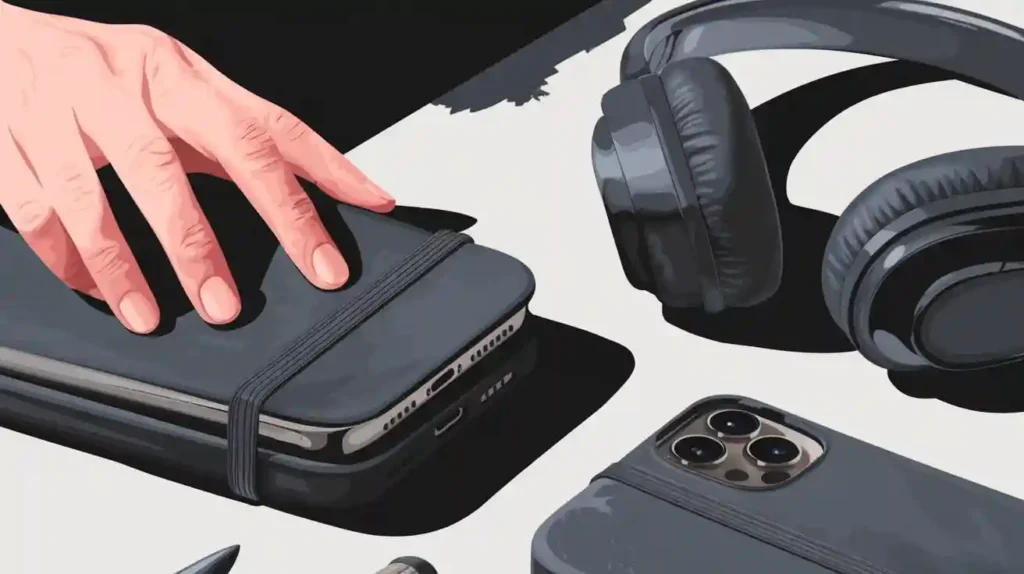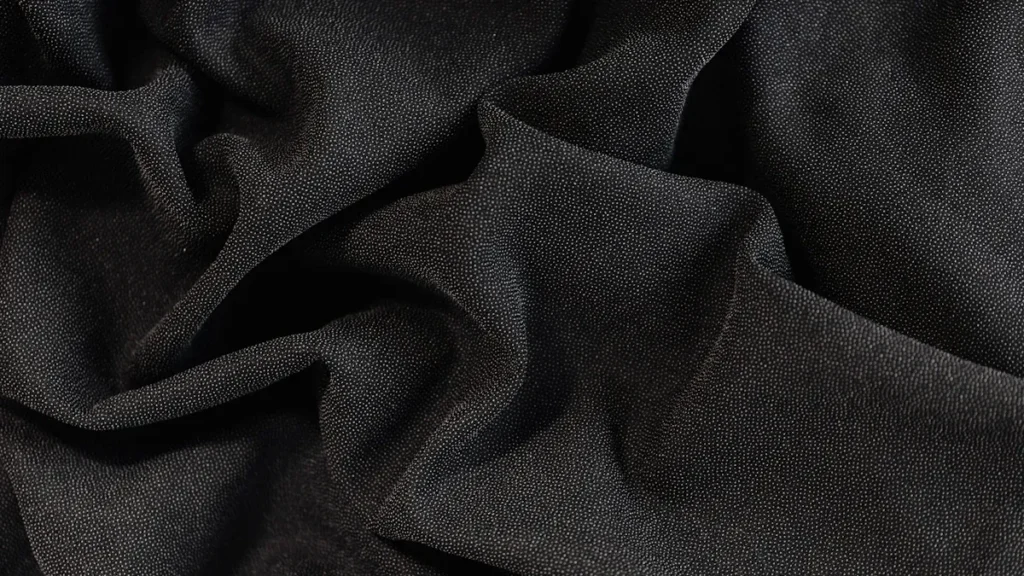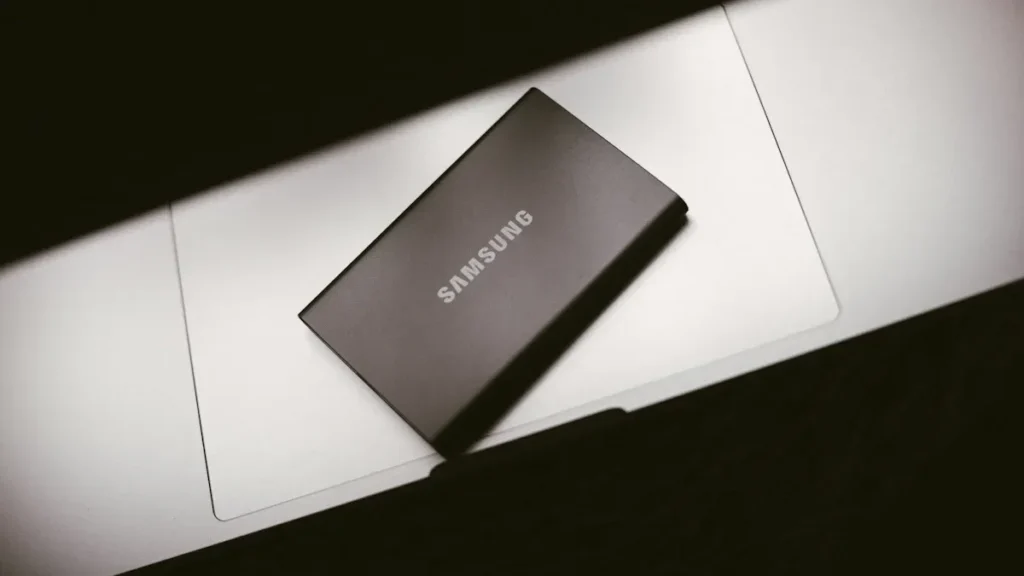
Black soft touch material features a matte, velvet-like surface that feels smooth and inviting. Many brands select soft touch black for its luxurious feel and refined appearance. This finish keeps packaging, such as a Black Soft Touch Paper Box or Touche Black Card Stock, looking pristine by resisting fingerprints and scuffs. Black soft touch also enhances the unboxing experience, making products stand out on shelves. Papers black soft touch remains a popular choice for premium packaging.
Key Takeaways
Black soft touch material offers a smooth, velvety feel and a matte look that resists fingerprints and scuffs, making products appear more luxurious and clean.
This material is popular in luxury packaging, automotive interiors, and electronics because it enhances the user experience and adds a premium touch.
Proper care and application methods are important to maintain durability, as the finish can wear or become sticky over time, and it requires gentle cleaning.
Black Soft Touch Features

Texture and Appearance
Black soft touch material stands out for its unique tactile and visual qualities. The surface feels velvety and suede-like, offering a gentle matte finish that signals luxury. Many designers choose this finish because it creates a smooth, uniform texture that feels soft to the touch. Unlike standard matte or glossy finishes, soft touch coating reduces glare and resists fingerprints, keeping products looking clean and vibrant.
Soft touch coating delivers a subtle, refined feel that enhances the sensory experience. People often notice the difference when handling packaging or printed materials with this finish. The velvet effect adds a layer of sophistication, making items appear more premium and inviting.
A table below compares the texture and appearance of black soft touch with standard finishes:
Finish Type | Texture | Appearance | Fingerprint Resistance | Color Vibrancy |
|---|---|---|---|---|
Black Soft Touch | Velvety, smooth | Matte, uniform | High | Enhanced |
Standard Matte | Flat, dry | Matte, dull | Moderate | Normal |
Standard Gloss | Slick, hard | Shiny, reflective | Low | Bright |
Composition
Manufacturers create soft touch coating using a blend of advanced materials. The main components include polymers such as fluoropolymers and polyester polyols, which provide the soft, flexible base. Crosslinkers help these polymers bond and form a durable layer. Pigments, especially carbon black, give the coating its deep color.
Silicone components improve the coating’s smoothness and tactile properties.
Plasticizers add flexibility and help prevent cracking.
Abrasion-resistant and corrosion-resistant particles increase durability.
Fillers like micas, talc, clays, and inorganic minerals enhance texture and strength.
Anti-oxidants and UV stabilizers protect the coating from environmental damage.
Surfactants, flow agents, and thixotropic agents control the application and surface quality.
Organic solvents and reactive diluents adjust viscosity and drying time.
Catalysts and other auxiliaries support the chemical reactions during curing.
Soft touch coating can be waterborne or solvent-based, depending on the application. Manufacturers apply these coatings to various substrates, including paper, plastic, and metal. The pigment particles, such as carbon black, usually make up 1 to 10 percent of the total solid weight. This careful blend of ingredients gives black soft touch its signature properties, including a soft feel, matte look, and resistance to wear.
Production
Application Methods
Manufacturers use several techniques to apply black soft touch coating to products. Each method creates a unique finish and offers different levels of durability. The most common approaches include spray painting, lamination, co-extrusion, and multi-layer coatings. The table below compares the main industrial methods:
Method | Material/Type | Application Technique | Durability & Features |
|---|---|---|---|
Aqueous Soft Touch | Water-based liquid coating | Applied as a flood coat only | Affordable, less durable, water-based, low sheen finish |
UV Soft Touch | Polymer-based liquid coating | Applied as flood or spot coating, cured by UV light | More durable, quick curing, can be spot applied |
Soft Touch Laminate | Textured plastic film (PE, BOPP) | Bonded to surface via heat or adhesive | Most durable, protects against scuffs and wear |
Soft touch coating can be applied during printing or as a post-printing process. UV soft touch coating uses polymers that cure quickly under UV light, making it suitable for packaging that needs a fast turnaround. Soft touch laminate uses a textured film bonded to the surface, providing extra protection and a consistent tactile experience. This method offers the highest durability and moisture resistance, making it ideal for shipping boxes and e-commerce packaging.
Durability
Black soft touch coating delivers a premium feel, but durability depends on the application method and environment. Soft touch laminate resists scuffs and scratches better than liquid coatings. However, all soft touch coatings can face challenges over time. Common issues include stickiness, fading, and surface degradation. UV exposure causes oxidation, leading to chalkiness and fading. Environmental factors such as water, salt, and chemicals can pull oils and color compounds from the surface, accelerating wear. Improper cleaning or using household oils may leave sticky residues that attract dust. Excessive heat can warp or melt the coating. Regular maintenance and proper cleaning help preserve the soft touch coating and prevent sticky buildup. Storing products in climate-controlled environments also reduces the risk of degradation.
Soft Touch Black Applications

Packaging
Luxury packaging often features a soft touch finish to create a memorable first impression. Brands in cosmetics, spirits, electronics, and gourmet foods use soft touch black to signal quality and exclusivity. For example, Jo Malone London presents products in rigid boxes with a soft black velvet tray, while Tom Ford Beauty’s Black Orchid perfume comes in a matte black box with gold accents. Jewelry brands like Swarovski and premium fashion houses such as MaxMara also rely on soft touch finishes for their packaging.
Soft touch finish delivers a velvety, matte surface that feels inviting and sophisticated.
The tactile sensation and deep black color enhance the luxurious feel and emotional connection with customers.
Packaging with a soft touch finish resists fingerprints and scuffs, keeping products looking pristine.
Research shows that packaging color and material influence consumer decisions. Black soft touch finish evokes luxury, trust, and exclusivity, making products more desirable.
Automotive
Automotive interiors benefit from soft touch finishes on dashboards, door panels, and steering wheels. Many luxury brands, including Mercedes-Benz, BMW, Audi, and Porsche, use soft touch black materials to elevate the driving experience. Alcantara, a synthetic suede-like material, appears in high-end models from Ferrari, Maserati, and Lamborghini.
Soft touch finish provides a luxurious feel and reduces glare inside the vehicle.
The material offers durability and comfort, making surfaces pleasant to touch during daily use.
Black soft touch finish complements other premium materials like leather and carbon fiber.
Electronics and Other Uses
Consumer electronics brands incorporate soft touch finishes to improve both aesthetics and functionality. Devices such as the CORIOLISS Glamour Wand feature a soft touch black coating for a sleek look and enhanced grip.
Soft touch finish improves user comfort and makes devices easier to hold.
The coating resists fingerprints and scratches, maintaining a clean appearance.
Brands use soft touch finishes in smartphones, audio equipment, and computers to convey a premium image.
Furniture, print marketing, and luxury business cards also use soft touch finishes to add a tactile and visual upgrade. The combination of a soft touch finish and deep black color creates a sense of exclusivity across many industries.
Pros and Cons
Advantages
The soft touch finish stands out in the market for its unique blend of tactile and visual qualities. Many brands choose this finish to create a memorable experience for customers. Compared to standard matte or glossy finishes, the soft touch finish offers several key benefits:
Delivers a luxurious, velvety feel that enhances the perceived value of products.
Masks fingerprints and smudges better than glossy finishes, keeping surfaces clean.
Reduces glare and reflections while maintaining rich, deep color.
Provides superior scratch and moisture resistance compared to traditional matte finishes.
Enhances color richness and depth, making packaging and products look more vibrant.
Creates a strong emotional connection with consumers, increasing brand loyalty and purchase intent.
Offers a unique market position for luxury packaging and high-end marketing materials.
Market research shows that texture and touch play a major role in consumer decisions. The soft touch finish evokes positive emotions and increases the likelihood of purchase by making products feel more premium and inviting.
Limitations
Despite its many strengths, the soft touch finish has some drawbacks that brands and consumers should consider:
Durability can be an issue, especially with aftermarket applications or improper care. The finish may degrade, become sticky, or wear off over time.
Maintenance requires gentle cleaning with soft microfiber towels and specialized products. Harsh cleaners or rough materials can damage the surface.
The cost of soft touch finish, especially lamination, is higher than standard matte or gloss options. This makes it best suited for luxury or high-end products.
Environmental concerns arise from the use of certain chemicals and the difficulty of recycling black plastics. Most soft touch finishes end up in landfills, contributing to pollution.
The finish is considered a “nice to have” feature and does not impact core product performance.
Description | |
|---|---|
Toxic Chemicals Present | Contains heavy metals and compounds with health risks. |
Recycling Challenges | Difficult to recycle due to carbon black content. |
Disposal Impact | Often ends up in landfills or as litter, increasing pollution. |
Black soft touch material offers a luxurious feel and modern look. Designers should consider material compatibility, molding process, part design, and color impact. This finish works best for products that need a premium touch, strong brand identity, and enhanced user experience.
Molding process selection
Part design for durability
Color and aesthetic impact


